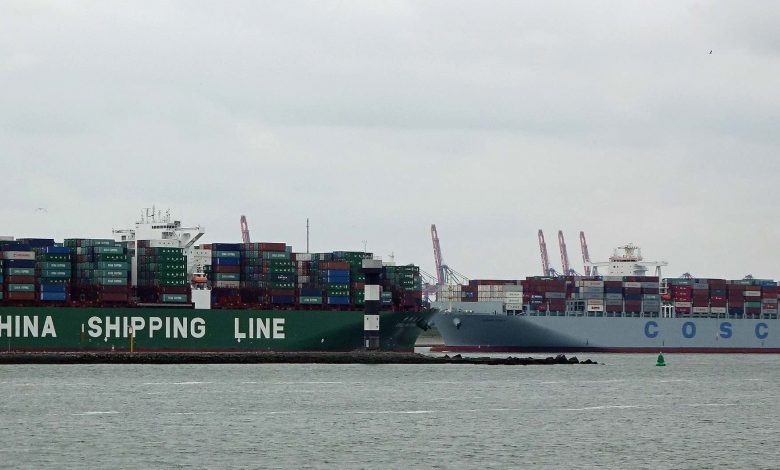China’s mega shipping merger: ‘Some rice bowls will be broken’

So then what to make of the largest shake-up in Chinese shipping seen for a generation? If we go by Maritime CEO’s May-published Rich List, a look at the world’s most valuable owned fleets using data from VesselsValue.com, then the combined entity – Cosco and China Shipping – clocking in at just shy of $20bn would easily outstrip this year’s number one, Japan’s Mitsui OSK Lines (whose fleet was valued at $11.73bn in the survey), to become the world’s biggest shipping line.
But is a merger realistic? Has Beijing learnt nothing from the insanely tricky and ugly merger between two other state-owned lines, Sinotrans and Changjiang Shipping, something that five years down the track is still not fully settled.
A team of five – three from China Shipping and two from Cosco – is currently going through the possible restructuring avenues available to the pair, with a brief to report back to Beijing in a couple of months.
My guess the best bet is not to simply bring the two together, but to splinter and combine each sector into individual companies. Thus there’d be one giant company looking after dry bulk, one for tankers and so on. The container angle is obviously the most vexing issue – how would Cosco and/or China Shipping disentangle themselves from their respective container alliances – something Splash journalists will be covering in depth tomorrow.
Sources at both China Shipping and Cosco tell me that this idea of dividing the companies into sector specific units is unlikely and a genuine merger of the two groups is what is planned.
The move is such a slap in the face for the two behemoths of the pair who led them for much of the last 20 years – Li Kelin at China Shipping and Wei Jiafu at Cosco.
China Shipping was formed from the three coastal shipping bureaus that were outside Cosco (because they were coastal shipping companies) which were knocked together and given a deepsea shipping remit under Li Kelin who was the head of Cosco Container Lines and who got on badly with Chen Zhongbao who was then head of Cosco, just before Wei Jiafu took the top posting at Cosco.
China Shipping was formed for one reason only which was to get round the restrictions imposed on Cosco’s ability to vary its tariff at less than 30 days notice under the US controlled carrier restrictions by creating a competitor for Cosco.
Li Kelin built up China Shipping at such a rate of knots. He and Wei were both alpha males, full of energy and bluster, loving the limelight – and allegedly despising each other.
Since the downturn however most of the senior staff have moved between the two at some point in their careers. Everybody knows everybody.
Beijing has attacked both groups for their poor financial performance as well as gross corruption that has been unearthed at both organisations.
With the merger scheduled to be completed by as early as 2017, some rice bowls will now be broken, one source tells me.
What’s next? Perhaps the two giant state-run shipbuilding groups, which split apart in the late 1990s, will come back together. Whatever happens, Splash will be on the case.
